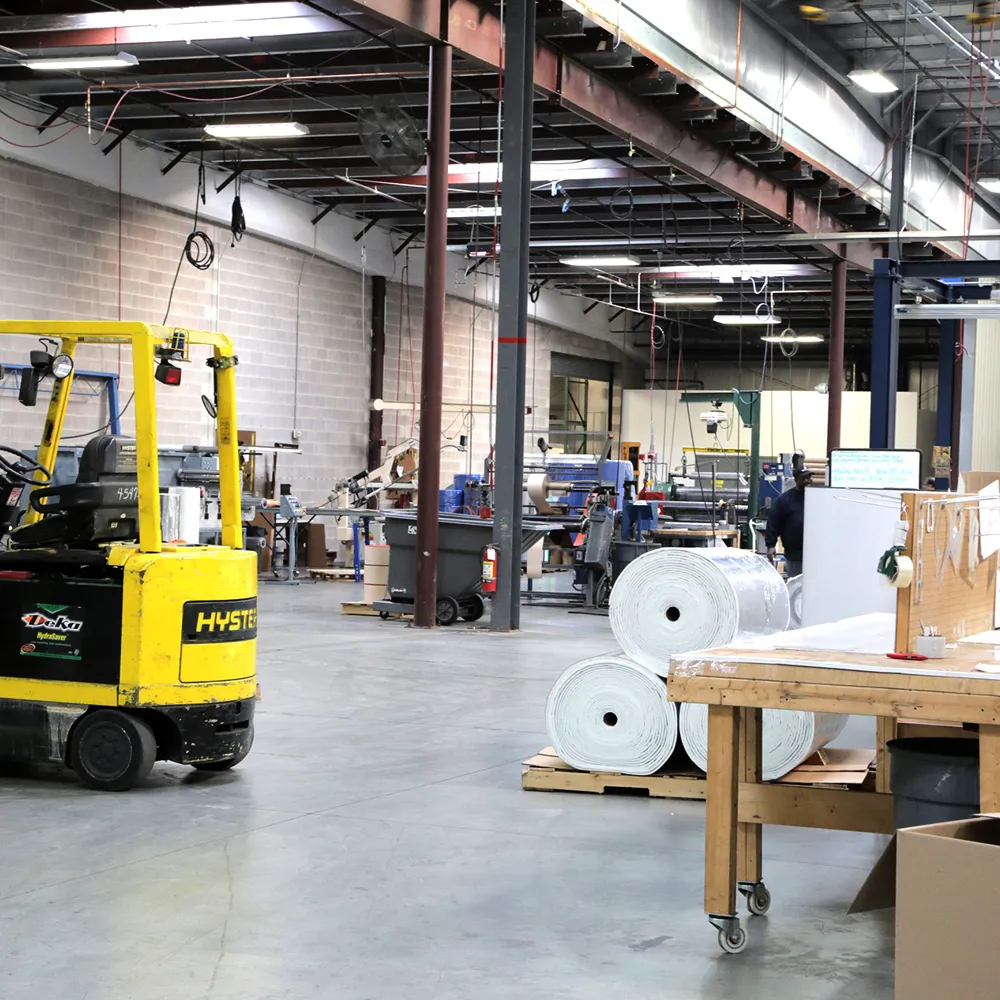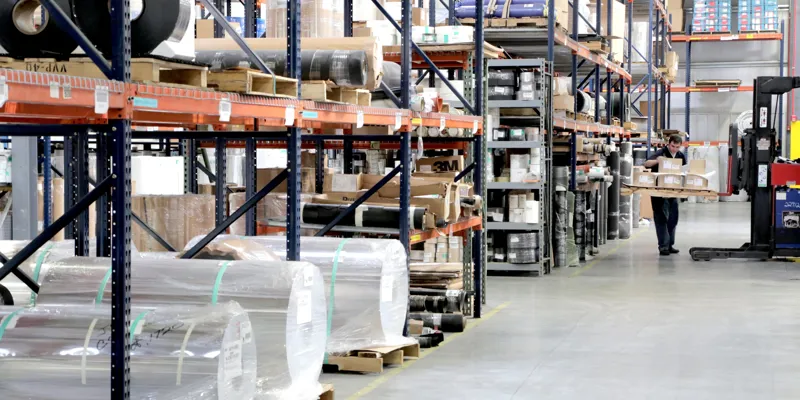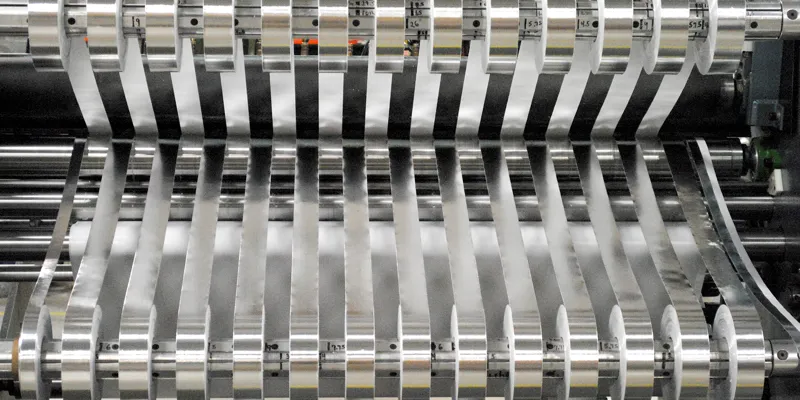
Solving Supply Chain Ineffciencies A Case Study
The myriad of parts supplied by Die Cutters can range in size from very small to very large. It is not unusual to package thousands of small parts into a box that can be economically delivered by typical ground methods. But what happens when a customer uses large die cut parts? Unlike similarly sized steel and plastic parts, die cut items usually cost much less, which makes packaging, shipping, and customer logistics a significant component to the customer’s Total Cost of Ownership (TCO). There are creative ways to solve this problem, but sometimes the best solution is to establish a local presence, just like JBC Technologies did for one of their customers.
Looking into all aspects of supply chain logistics from part creation to customer use, the value proposition of the “right” die cutter’s local presence can be much more significant than simply shipping logistics.
Background
It is almost impossible to find an Original Equipment Manufacturer (OEM) that is not using a large nationwide distributor for supply chain management of products, ranging from fasteners, connectors, clamps, cleaners, tapes to many other items commonly used in a production environment, including die cut parts.
These supply chain partners can be highly efficient since they usually have a local presence, are already a well-established partner, and are experts in supply chain efficiency.
Because they can make doing business easy, a supply chain manager may want to direct a new die cut supplier to work through an existing inventory management partner. This is often the case, but when the “right” die cutter establishes a local presence and is utilized as a direct supply partner instead of having to work through a distribution network, the efficiencies and savings realized are significant.
Setting Up Shop
Technology has blurred the line between home, headquarters and remote office. This system of transparency has virtually eliminated the IT hurdle when a company establishes a remote facility. Finding a building, moving machines and setting up infrastructure is straightforward.
Often, the biggest hurdle is filling demand for knowledgeable human resources to manage and run the location.
A die cut supplier like JBC, with a vision to grow and expand, will already have its processes documented and a human resource bench that can be deployed to re-locate or train new managers and employees to get the new location operational as quickly as possible.
While this is occurring, Supply Chain Managers can focus on internal opportunities without getting wrapped up in the supplier’s localization process.
The Benefits

The obvious benefit of having a local die cutter is that the long train of product sitting in the supply queue is eliminated. Many other processes are also eliminated including bulk packaging, LTL shipping, and warehousing processes like the receipt and breakdown of bulk shipments.

When the two supply chain scenarios are mapped, it is clear to see that a complete buying cycle of ordering, fulfilling, shipping, receiving, billing and payment is also eliminated. Even with sophisticated systems, errors can occur. Reduction of these steps also reduces errors and product damage.

Additional efficiencies can be realized when the customer engages the local die cut supplier to provide vendor managed inventory. Especially when working with large format die cut parts, the opportunity to configure customer specific bundles and product sets is more feasible when working directly with the die cutter. In one scenario, a JBC customer wanted parts delivered to the exact point of use on the assembly line.

Through discussions with manufacturing engineers and purchasing, a Kanban system was developed where die cut part bundles were designed to fit various assembly line bin sizes and locations to satisfy one day of production. The part delivery system created by JBC gave the manufacturing engineers more flexibility in the assembly line configuration that significantly improved workflow.

Discreet purchase orders were also eliminated. Replenishment was based upon bin level part counts performed by JBC. All customer handling and receiving functions were eliminated. The only time the customer touched the die cut parts was during the assembly process. The supply chain became a hyper efficient Kanban system where all bulk inventory was eliminated, including the cardboard boxes and dunnage.

Savings were also realized with customer administrative costs.

Replenishment was physically driven by part usage and inventory automatically fulfilled by JBC. With such a short supply chain the customer is empowered with additional flexibility and response time to demand volatility was reduced to hours. And just like the guy hocking products on the infomercial, we’re not done yet.

The same level of service was rolled further up the product design cycle with the addition of a rapid prototyping system. Now product design engineers can get prototypes within hours, helping to speed design time and implement product improvements faster.
The example above is not an overview of what is possible, it is an analysis of an actual case study that show’s JBC Technologies’ tangible value. The key is to select a die cut partner with the vision, knowledge and expertise to work in concert with you to optimize your supply chain. Once the process is established, execution can become seamless. A final important point is to note that the system described is not built without redundancy. Production is backed with machines at other locations that can be deployed in case of emergency. The bottom line is that the value of a local die cutter’s presence can be much greater than savings on shipping. Total customer value can be significant. DOWNLOAD FULL CASE STUDY

